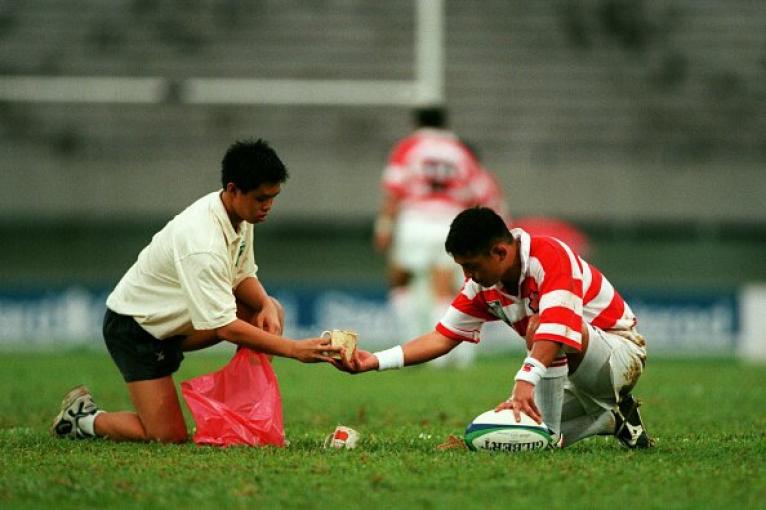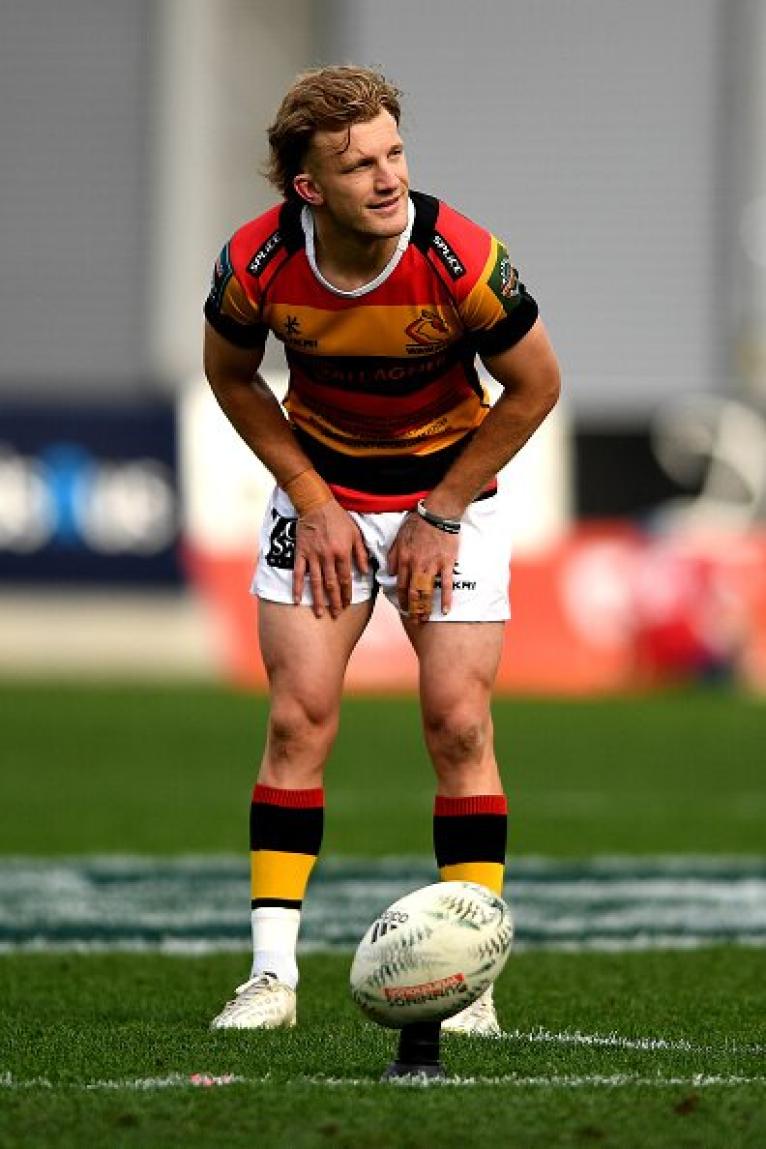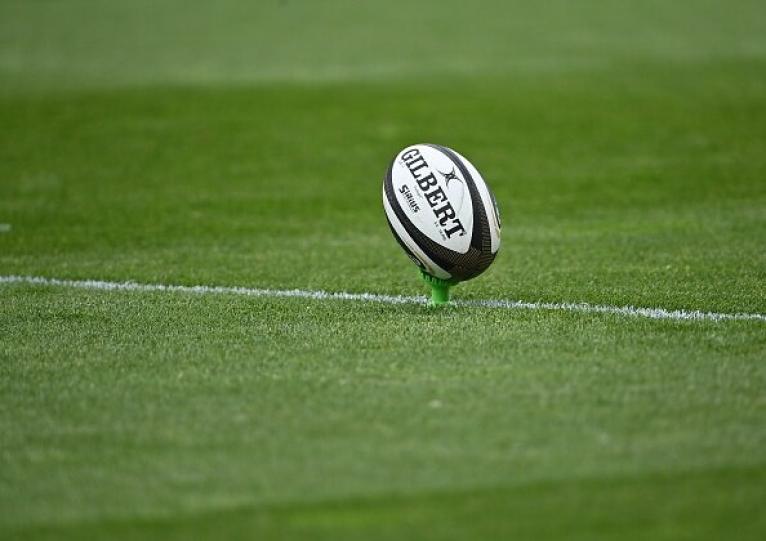The evolution of the kicking tee

Rugby is known to be a thunderous sport involving some of the biggest, fastest, and hardest athletes around. However, one aspect of the game that requires no particular body type is that of the kicker.
What must be said, is that the kicker does not need to run the 100m in less than 11 seconds, nor be able to bench press 150kg. What the kicker needs are ice-cold nerves and a near-perfect technique.
Now alongside these attributes, a kicker will need the correct equipment. The equipment in question will come in the form of a kicking tee. With many shapes and sizes to choose from, the modern kicker is never short of options to suit their style.
This has not always been the case however, with the tee evolving over the years we look back at its origins and how it came about to be one of the most vital sets of apparatus in a kicker’s arsenal.
First up, let’s have a look at the times before the kicking tee became commonplace in the game.
Placed by a teammate

Back in the 19th century, when aiming for a place kick the play was deemed ‘live’ as soon as the ball was placed down on the ground ready for a kick. Because of this ruling a place kick always involved two players, one the placer, the other the kicker.
Due to the ball being deemed as live once on the ground, defending players were allowed to charge down the kicks in an attempt to put the kicker off.
In an effort to increase the punishment of a penalty kick, the charging down of the kicker was banned in 1925 to allow the attacking side a better chance to score. The idea of this was to increase the punishment after conceding a penalty.
It wasn’t until 1958 that the need for two players to be involved in the kick was abolished. This came about a change in the conversion routine, players were now only allowed to start their charge once the player had started their run-up.
The use of sand

Before the modern kicking tees we see today, players would regularly use sand or mud to levitate the ball above the ground ready to strike. This would allow players to get further underneath the ball to gain greater height and length on their kicks.
When lining up for a shot at the posts, players would have their buckets full of sand brought on for them. A spade away from a day out at the beach, the versatility of sand and mud would allow players to get the ball in the perfect position for a thump at goal.
The cone

For the younger generation and the uninitiated, the standard training cone has become a staple go-to for anyone wanting to learn the trade or have a fun bit of practice.
Used primarily in sporting terms for training exercises in agility, handling and other parts of the game, the cone can be doubled up as a makeshift kicking tee. The downside to the cone is that it cannot easily be manipulated to allow for different ball positions. So if you like the ball to be tilted even slightly when kicking, you’re tough out of luck. The upside is they’re very easy to come across, stupidly cheap to buy, and you’ll always have too many of them.
The four-pronged tee
As rubber and plastic started to become more and more common in sporting equipment, the four-pronged kicking tee had its birth. Arguably the most recognisable tee on the market, plenty of very well-known rugby brands have put their name to this design.
Particularly with the rubber version, a player is able to position the ball in many different positions, suiting their personal style and helping determine the height and distance the player is looking to reach.
Ball placement

In terms of the placement of the ball, certain players like Leigh Halfpenny and Elliot Daly tend to position the end pointing forward towards the goal in an effort to get greater distance and improved accuracy.
Others such as Jonny Wilkinson tended to lean the ball slightly outwards to allow himself to hook the ball round as he went for the posts.
Modern designs

Building on a whole new generation of kickers comes a whole new generation of kicking options. There are an incredible amount of new designs and styles now out there to suit every player.
For those who prefer to be able to get a clean strike, there are much higher tees. Whereas for those who prefer to keep the ball slightly lower to get greater distance there are options that will suit them too.















































































